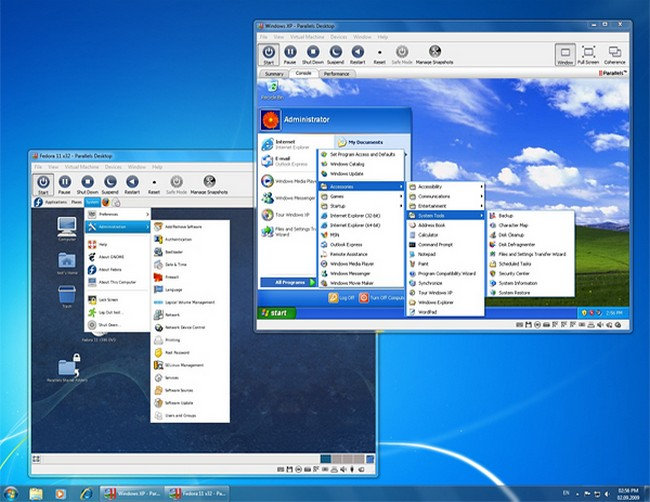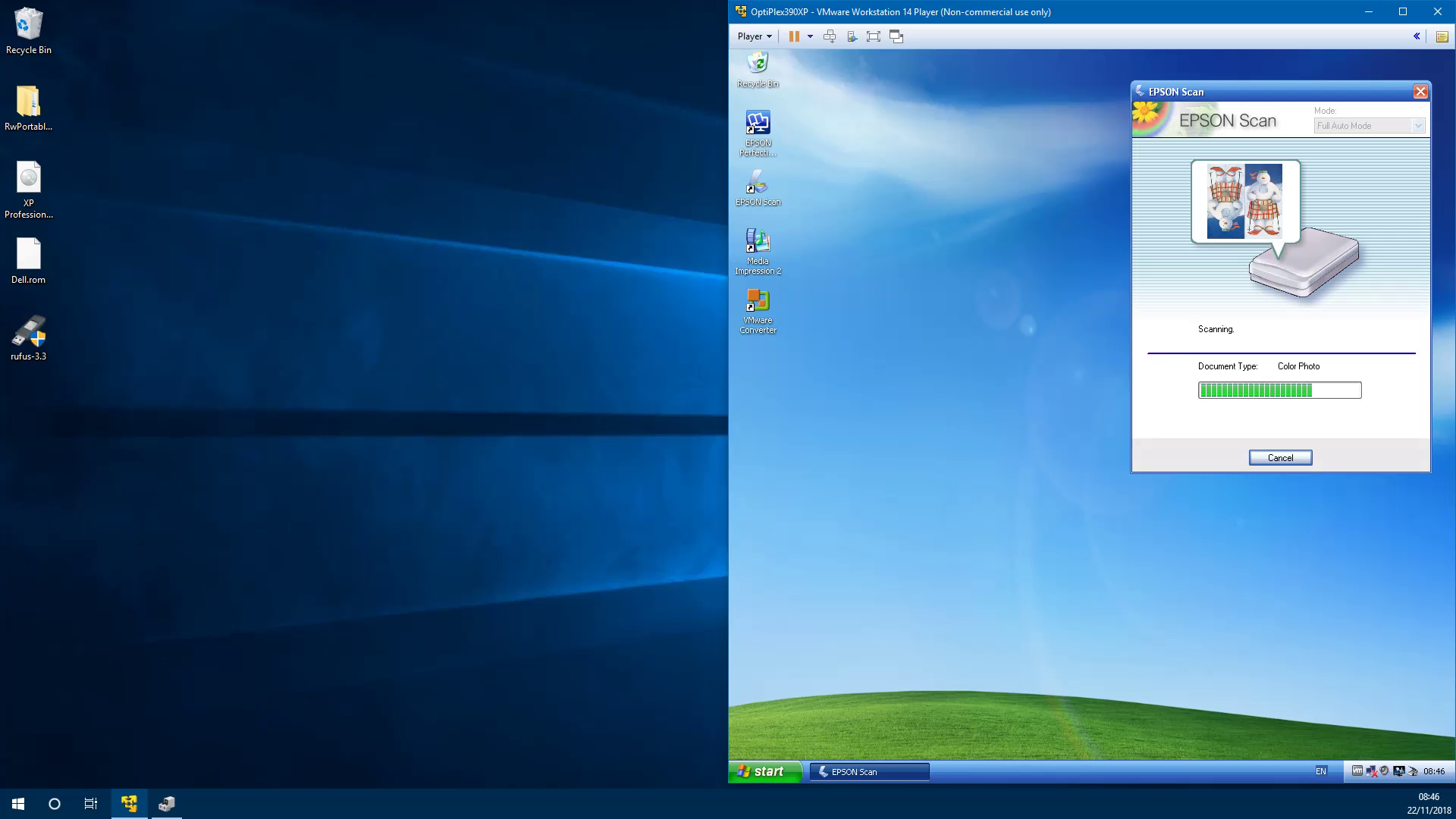
- #Virtual machine how to#
- #Virtual machine install#
- #Virtual machine software#
- #Virtual machine code#
#Virtual machine code#
This enables developers to deliver code faster by running multiple operating systems on a single device, while reducing operational costs and shortening the time needed to securely deploy applications on-premises and to the cloud. VM VirtualBox is an open source, cross-platform virtualization container that allows users to extend their existing computer to run multiple operating systems at the same time, including Windows, Linux, Solaris, and macOS. To get started on your virtualization journey, VM VirtualBox offers a free virtual machine license for personal, educational, or evaluation use. Network Adapter: Configure it to bridge.NAT or host-only mode or customize where you can choose between 0 to 9 adapters.A powerful, open source, virtual machine platform.CD /DVD: With advanced settings where you can choose between SCSI and IDE.Processors: Change the number of processors, number of cores per processor and the virtualization engine.Memory: Allocate the memory to the Virtual Machine and you can change it.To setup a Virtual Machine, you can also set other configurations for your Virtual Machine. Once they are right, click Finish to start to create Virtual Machine.Īfter that, you need to wait patiently and all these processes will take some time. At last, you need to confirm the Virtual Machine configurations. Next, you need to set the Virtual Machine’s disk size, and choose whether to store the virtual disk as a single file or split the virtual disk into more files. Enter a Virtual Machine name and specify a location for Virtual Machine files to be saved. Then confirm the information and click Next.Ħ. Then enter the product key, create a username and password.
#Virtual machine install#
You can install the operating system via an installer disc or installer image file. In the next window, choose which way you want to install the operating system.

#Virtual machine how to#
Here, we will show you how to create a Virtual Machine. Step-by-Step Guide: How to Setup a Virtual Machine So, in this post, we will show you how to setup a Virtual Machine. The Process Virtual Machine is used to execute computer programs in a platform-independent environment. The hypervisor uses native execution to share or manage hardware, allowing for multiple environments that are isolated from one another. They provide functionality needed to execute the entire operating system. The System Virtual Machine provides a substitute for a real machine. There are several different Virtual Machines, such as System Virtual Machine or Process Virtual Machine.
#Virtual machine software#
Their implementations may involve specialized hardware, software or a combination. The Virtual Machine offers functionality of a physical computer.

In computing, Virtual Machine is an emulation of a computer system and it is based on computer architectures.


 0 kommentar(er)
0 kommentar(er)
